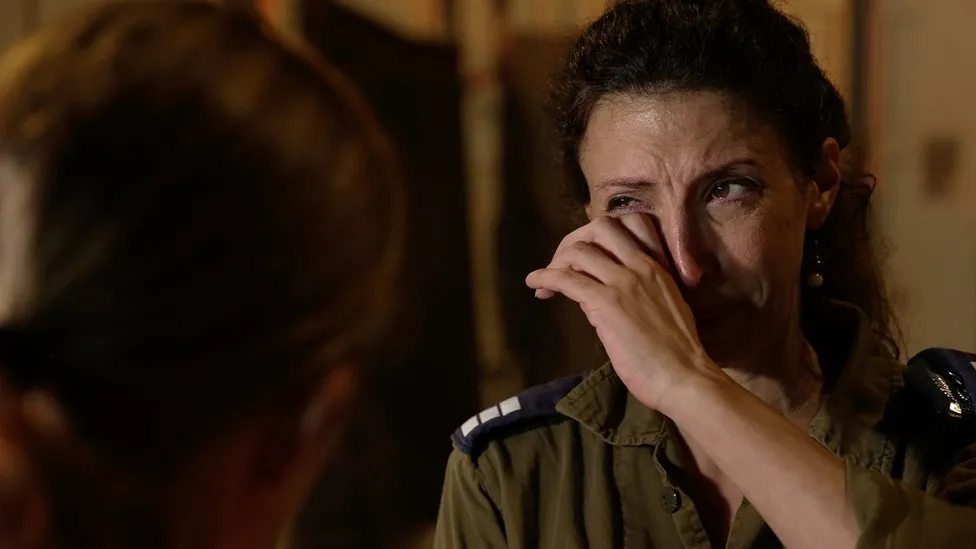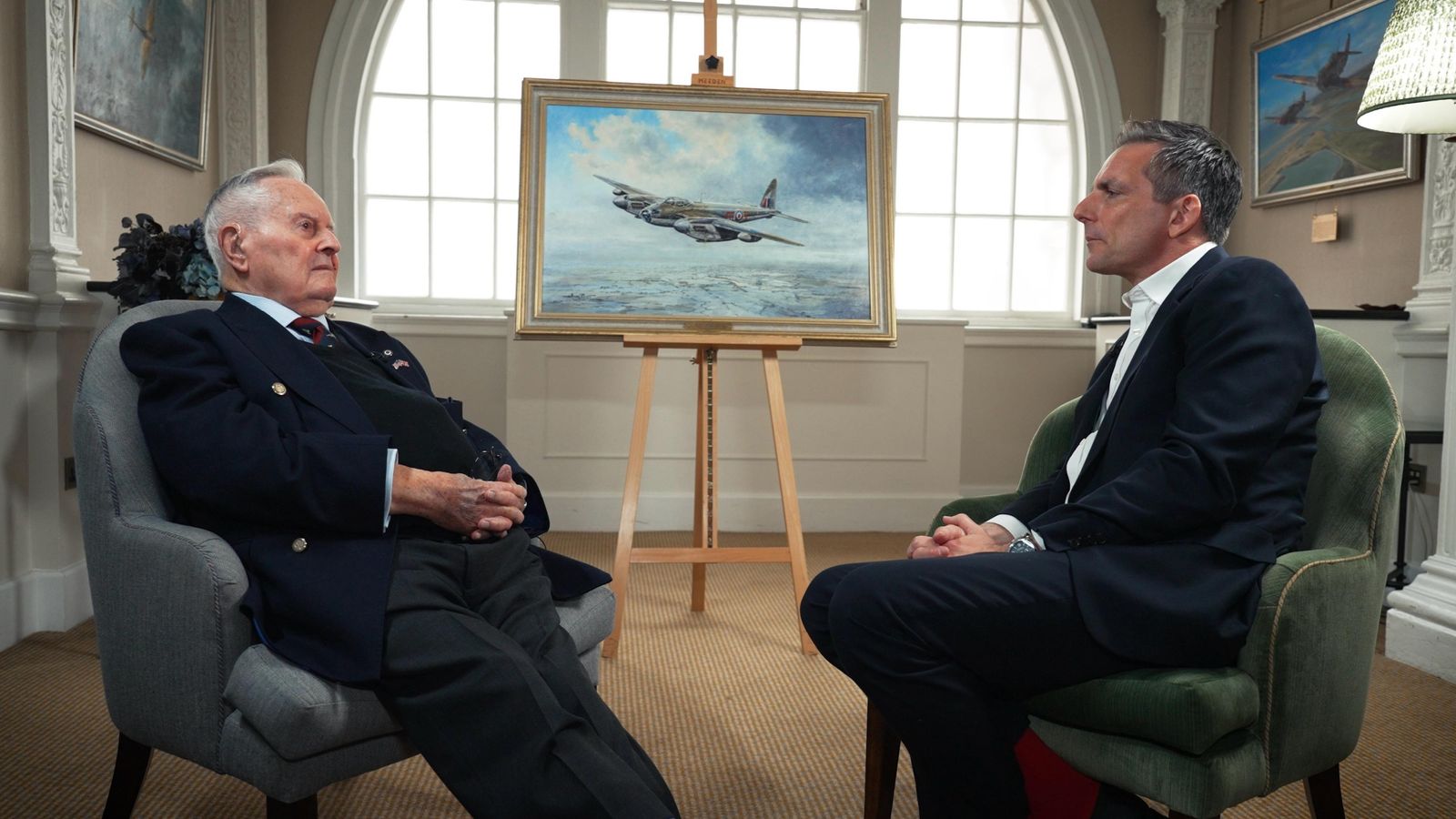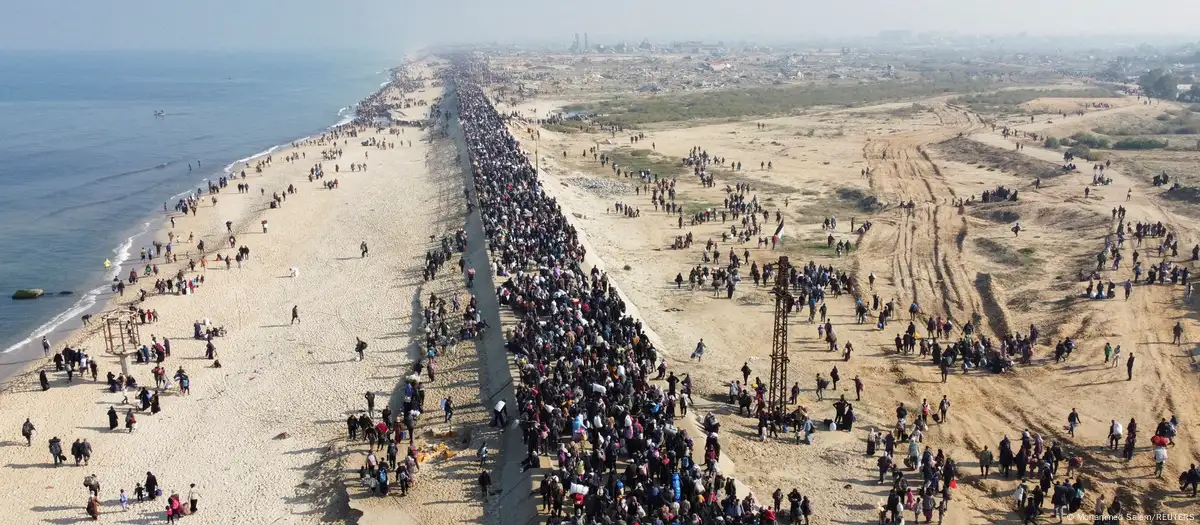Israel Gaza: Hamas raped and mutilated women on 7 October, BBC hears
The BBC has seen and heard evidence of rape, sexual violence and mutilation of women during the 7 October Hamas attacks.

WARNING: CONTAINS EXTREMELY GRAPHIC DESCRIPTIONS OF SEXUAL VIOLENCE AND RAPE
Several people involved in collecting and identifying the bodies of those killed in the attack told us they had seen multiple signs of sexual assault, including broken pelvises, bruises, cuts and tears, and that the victims ranged from children and teenagers to pensioners.
Video testimony of an eyewitness at the Nova music festival, shown to journalists by Israeli police, detailed the gang rape, mutilation and execution of one victim.
Videos of naked and bloodied women filmed by Hamas on the day of the attack, and photographs of bodies taken at the sites afterwards, suggest that women were sexually targeted by their attackers.
Few victims are thought to have survived to tell their own stories.
Their last moments are being pieced together from survivors, body-collectors, morgue staff and footage from the attack sites.
Police have privately shown journalists a single horrific testimony that they filmed of a woman who was at the Nova festival site during the attack.
She describes seeing Hamas fighters gang rape a woman and mutilate her, before the last of her attackers shot her in the head as he continued to rape her.
In the video, the woman known as Witness S mimes the attackers picking up and passing the victim from one to another.
"She was alive," the witness says. "She was bleeding from her back."
She goes on to detail how the men cut off parts of the victim's body during the assault.
"They sliced her breast and threw it on the street," she says. "They were playing with it."
The victim was passed to another man in uniform, she continues.
"He penetrated her, and shot her in the head before he finished. He didn't even pick up his pants; he shoots and ejaculates."
One man we spoke to from the festival site said he heard the "noises and screams of people being murdered, raped, decapitated".
To our question about how he could be sure - without seeing it - that the screams he heard indicated sexual assault rather than other kinds of violence, he said he believed while listening at the time that it could only have been rape.
A statement he made through a support organisation describes it as "inhuman".
"Some women were raped before they were dead, some raped while injured, and some were already dead when the terrorists raped their lifeless bodies," his statement says. "I desperately wanted to help, but there was nothing I could do."
Police say they have "multiple" eye-witness accounts of sexual assault, but wouldn't give any more clarification on how many. When we spoke to them, they hadn't yet interviewed any surviving victims.
Israel's Women's Empowerment Minister, May Golan, told the BBC that a few victims of rape or sexual assault had survived the attacks, and that they were all currently receiving psychiatric treatment.
"But very, very few. The majority were brutally murdered," she said. "They aren't able to talk - not with me, and not to anyone from the government [or] from the media."
Videos filmed by Hamas include footage of one woman, handcuffed and taken hostage with cuts to her arms and a large patch of blood staining the seat of her trousers.
In others, women carried away by the fighters appear to be naked or semi-clothed.
Multiple photographs from the sites after the attack show the bodies of women naked from the waist down, or with their underwear ripped to one side, legs splayed, with signs of trauma to their genitals and legs.
"It really feels like Hamas learned how to weaponise women's bodies from ISIS [the Islamic State group] in Iraq, from cases in Bosnia," said Dr Cochav Elkayam-Levy, a legal expert at the Davis Institute of International Relations at Hebrew University.
"It brings me chills just to know the details that they knew about what to do to women: cut their organs, mutilate their genitals, rape. It's horrifying to know this."
"I spoke with at least three girls who are now hospitalised for a very hard psychiatric situation because of the rapes they watched," Minister May Golan told me. "They pretended to be dead and they watched it, and heard everything. And they can't deal with it."
Israel's police chief Yaacov Shabtai said that many survivors of the attacks were finding it difficult to talk and that he thought some of them would never testify about what they saw or experienced.
"Eighteen young men and women have been hospitalised in mental health hospitals because they could no longer function," he said.
Others are reportedly suicidal. One of those working with the teams around survivors told the BBC that some had already killed themselves.
Much of the evidence has come from the volunteer body-collectors deployed after the attacks, and those who handled the bodies once they arrived at the Shura army base for identification.
One of the body-collectors volunteering with the religious organisation Zaka described to me signs of torture and mutilation which included, he said, a pregnant woman whose womb had been ripped open before she was killed, and her foetus stabbed while it was inside her.
The BBC has not been able to independently verify this account, and Israeli media reports have questioned some testimony from volunteers working in the traumatic aftermath of the Hamas attacks.
Another, Nachman Dyksztejna, provided written testimony of seeing the bodies of two women in kibbutz Be'eri with their hands and legs tied to a bed.
"One was sexually terrorised with a knife stuck in her vagina and all her internal organs removed," his statement says.
At the festival site, he says small shelters were "filled with piles of women. Their clothing was torn on the upper part, but their bottoms were completely naked. Piles and piles of women. […] When you took a closer look at their heads, you saw a single shot straight to the brain of each."
Hundreds of bodies were collected from the attack sites by volunteers.
Investigators admit that in those first chaotic days after the attacks, with some areas still active combat zones, opportunities to carefully document the crime scenes, or take forensic evidence, were limited or missed.
"For the first five days, we still had terrorists on the ground in Israel," May Golan said. "And there were hundreds, hundreds of bodies everywhere. They were burned, they were without organs, they were butchered completely."
"This was a mass casualty event," police spokesman Dean Elsdunne told journalists at a briefing.
"The first thing was to work on identifying the victims, not necessarily on crime scene investigation. People were waiting to hear what happened to their loved ones."
-bbc






